Hey Community,
In January, we embarked on an exciting journey with the launch of the Maker Camp in Shenzhen program. This unique initiative provided an exceptional opportunity to delve into Shenzhen’s thriving tech ecosystem, offering hands-on learning experiences while fostering the creation of open-source, hardware-based projects with the potential to drive positive societal change. Seeed Studio was honored to host 10 participants from MIT and UC Berkeley for a month-long residency, focused on scaling research with mass manufacturing for affordability or unprecedented magnitudes.
Throughout their stay, participants immersed themselves in various activities, starting with the Scalable HCI Symposium, research exhibitions, factory visits, hackathons, industry talks, and academic presentations. In the realm where academia converges with industry, and theory intertwines with practice, MakerCamp-2401 unfolded as a pivotal event, resonating with the spirit of openness, innovation, and the democratization of access to Shenzhen’s manufacturing prowess.
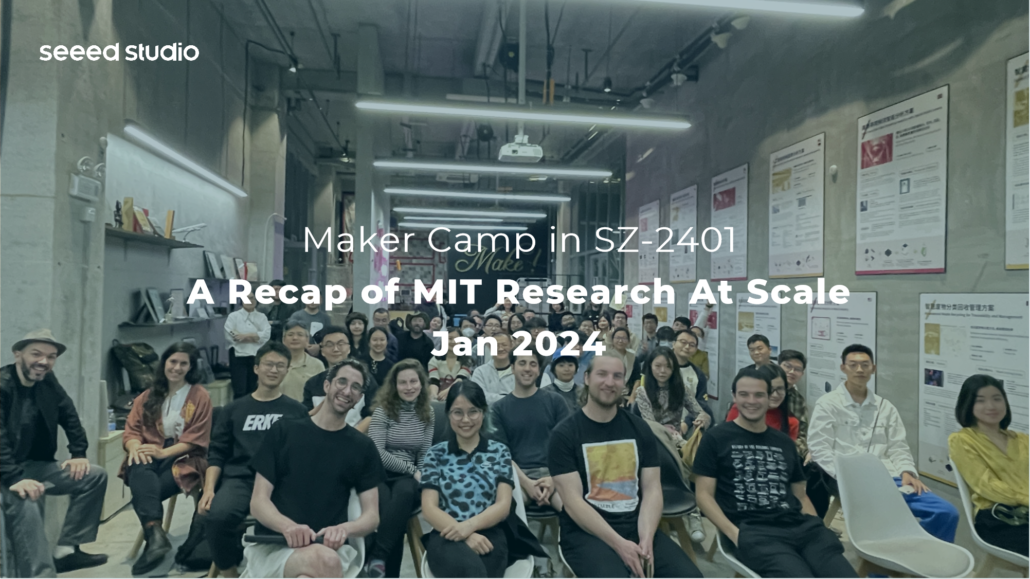
Scalable HCI Symposium
In collaboration with SUSTech School of Design, Seeed Studio, Chaihuo Makerspace and ACM SIGCHI, the Scalable HCI Symposium welcomed doctoral students from both domestic and international institutions, offering participants insights into Shenzhen’s manufacturing landscape. From January 8th to 13th, the symposium featured various activities including research exhibitions, factory visits, hackathons, industry talk, and academic presentations.
The symposium kicked off with a Demo & Poster session where scholars and students shared and discussed their research findings. Projects showcased during this session included groundbreaking research such as single-crystal diamond rotors developed by MIT, sketch-based problem decomposition visualization by KAIST, and interactive prototype shape exploration methods by the University of Waterloo. After the poster session, Richard Zhang, CSO of Seeed Studio, delivered a speech on “Unleashing the Potential of AI + Hardware.” He provided insights into the technological breakthroughs and practical applications of generative artificial intelligence platforms like ChatGPT, emphasizing their role in productivity enhancement and their impact on the job market.
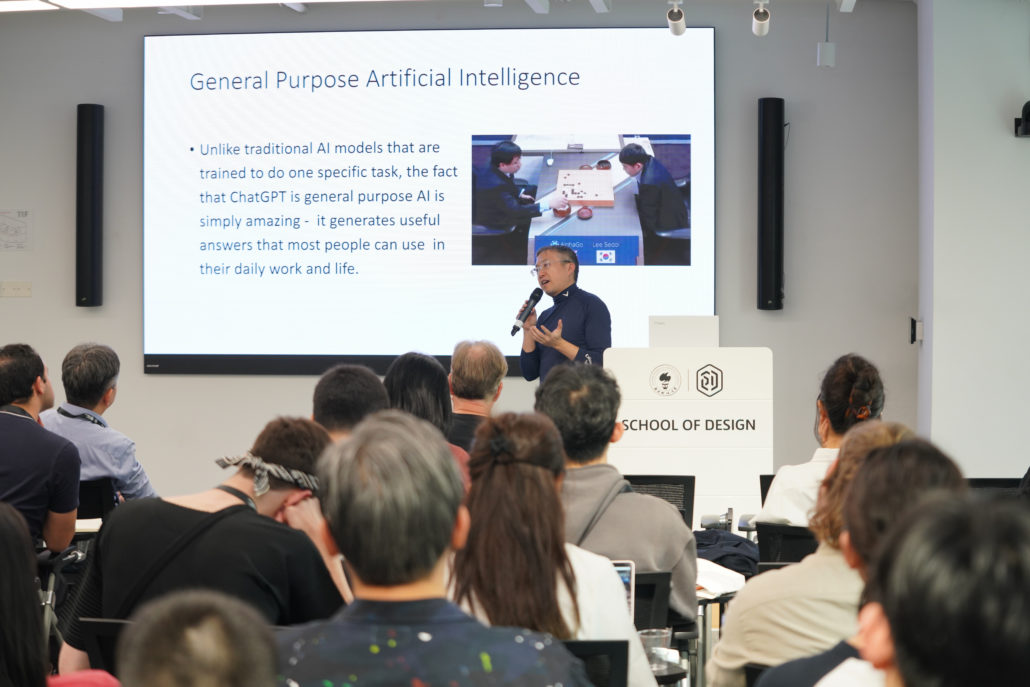
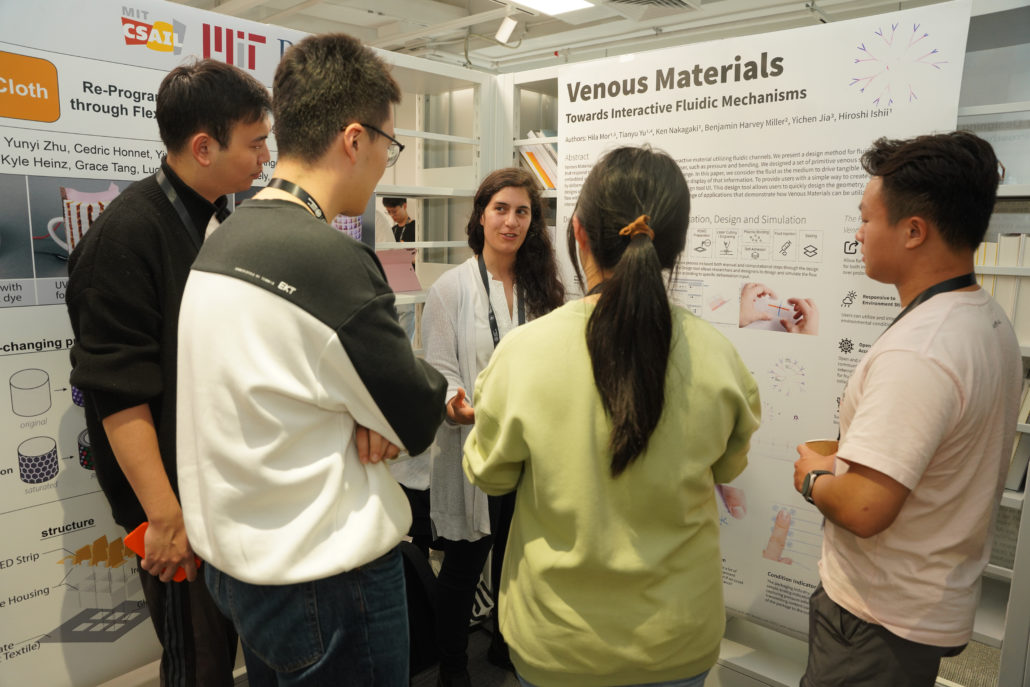
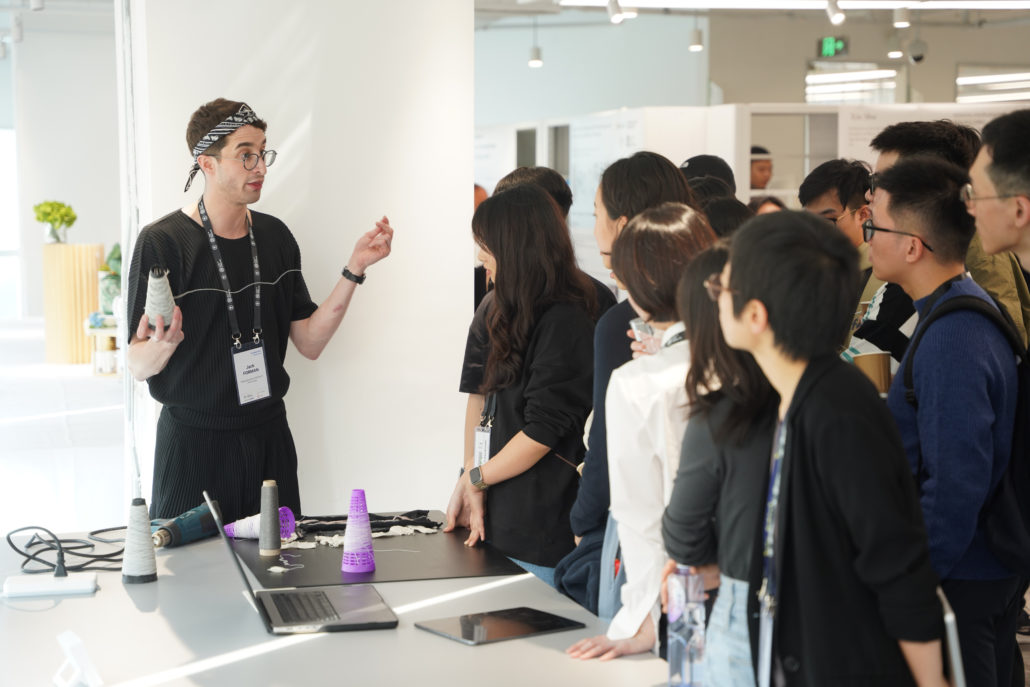
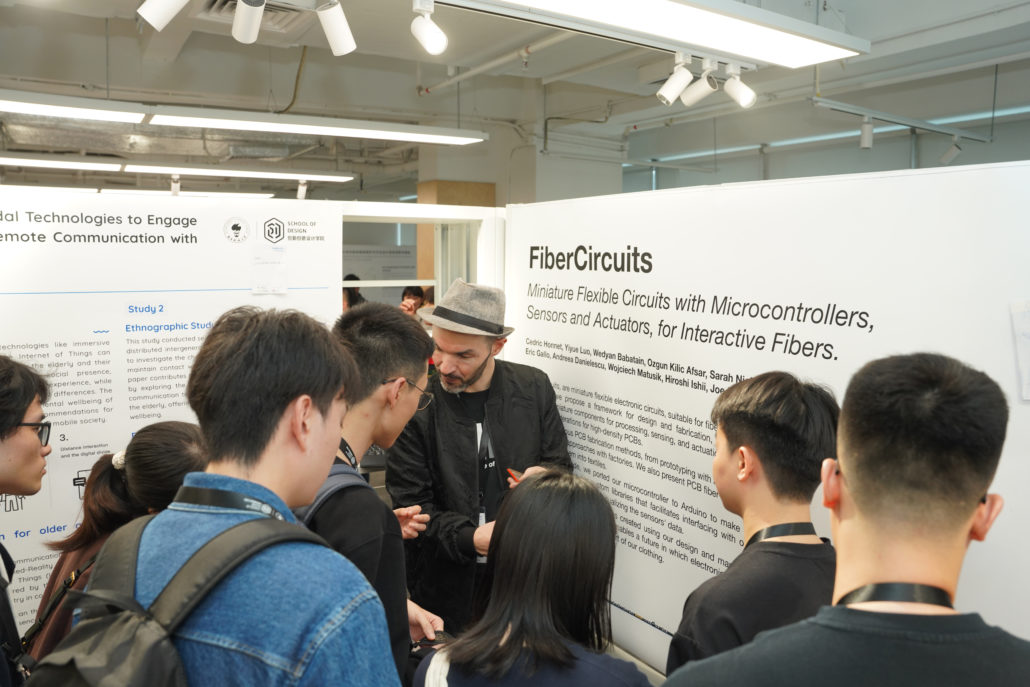
Exploring the Heart of Innovation
On Jan 9th and 10th, participants visited electronics hubs such as Huaqiangbei, Seeed Agile Manufacturing Center (AMC), and Istar Technology in Shenzhen, gaining insights into the latest trends and technologies in th rapidly evolving manufacturing industry. At Huaqiangbei, they saw almost every component imaginable to an electronics engineer, which is a statement of the rapid prototype capabilities of Shenzhen.
At Seeed AMC, this immersive experience allowed guests to closely witness Seeed Studio’s intricate product creation process. They gained insights into modular and flexible production processes, explored the wind tunnel laboratory, delved into the digital production management system, and observed the meticulous mold testing process. After lunch break, the afternoon session transported participants to a Printed Circuit Board (PCB) Manufacturing facility, where they got a chance to explore the entire production of PCB.
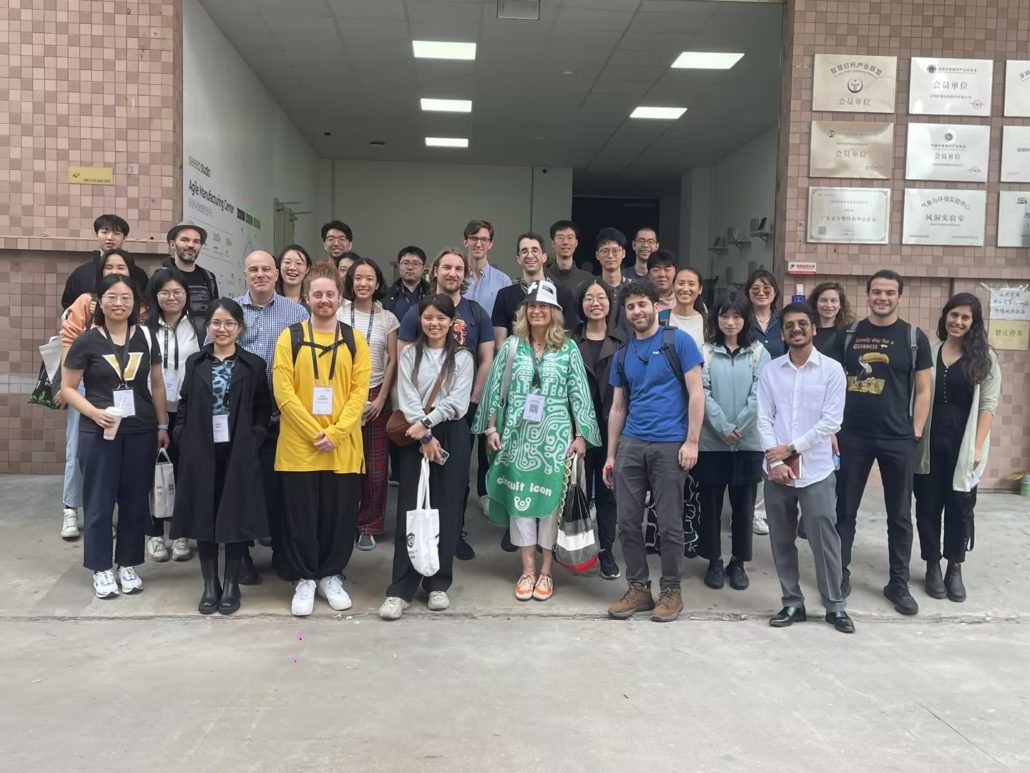
Other art and tech visits include HQB Museum, Dafen art village, AIRSpace, Dongmen, SZDIY, LCD screen manufacturing, mold manufacturing, injection molding, 3D printing, knitting, etc.
Hands-on Workshop on TinyML
From January 11th to 12th, engineers from Seeed Studio conducted a TinyML workshop at the SUSTech School of Design. We started the session with an introduction to AI, ML, and DL, to make sure that participants get an idea about what’s happening in the AI/ML world. Using the XIAO ESP32S3 Sense development board, they had a comprehensive understanding of how to utilize SenseCraft AI, and learnt to their own tinyML project by collecting data and training their own. In the afternoon, participants formed teams and worked on innovative design projects themed at “Open Tech for Good”. Projects showcased at the next day included a street safety navigation device, an emotion-value mirror, a smart watch, etc.
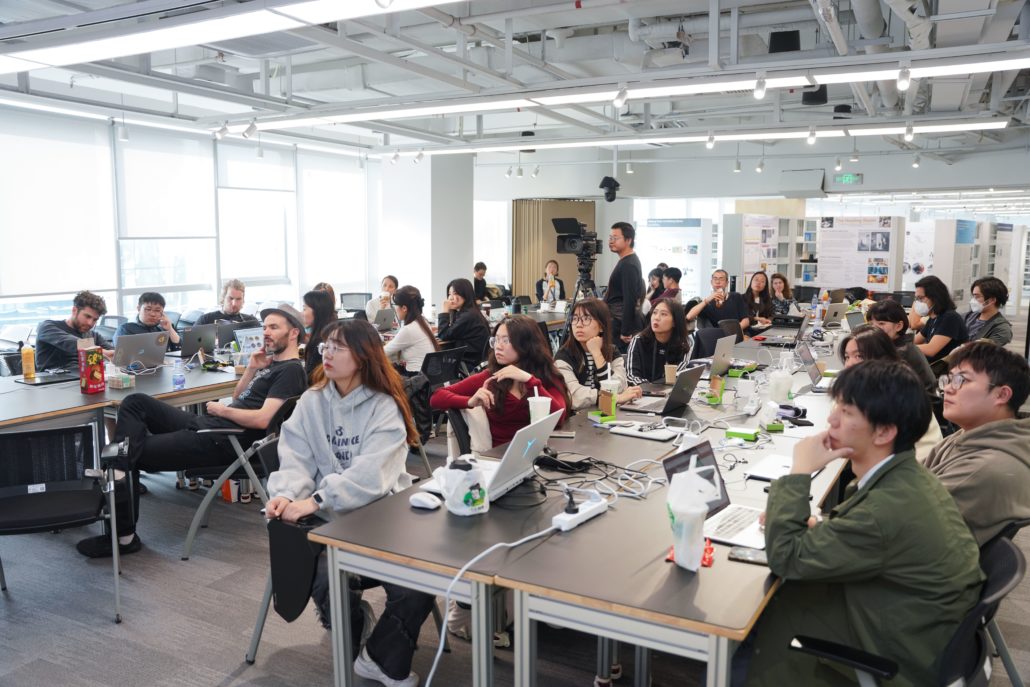
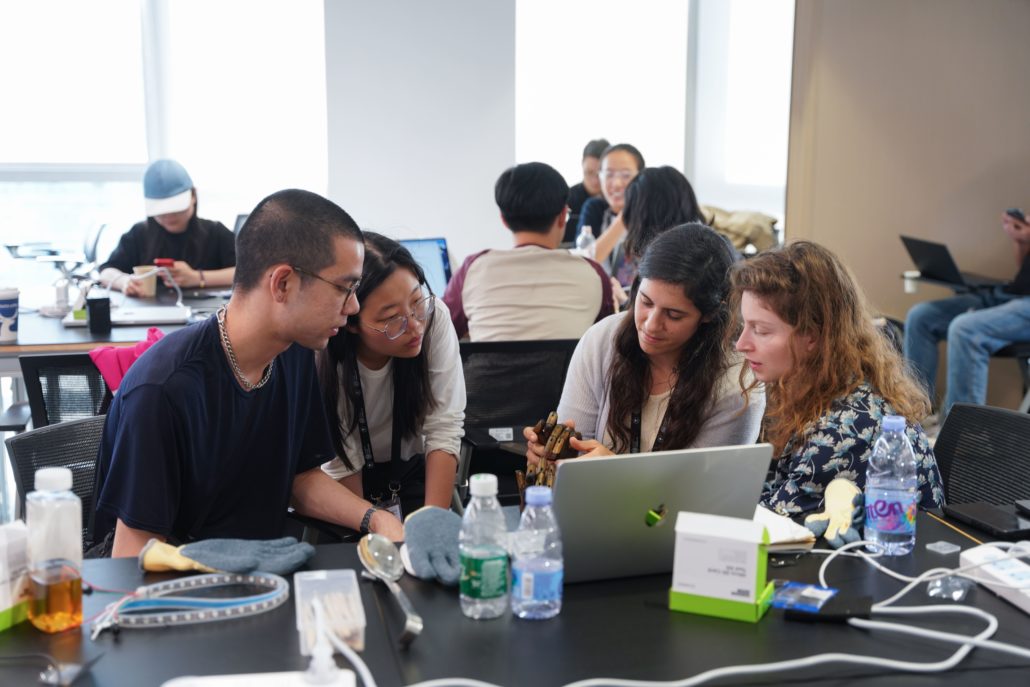
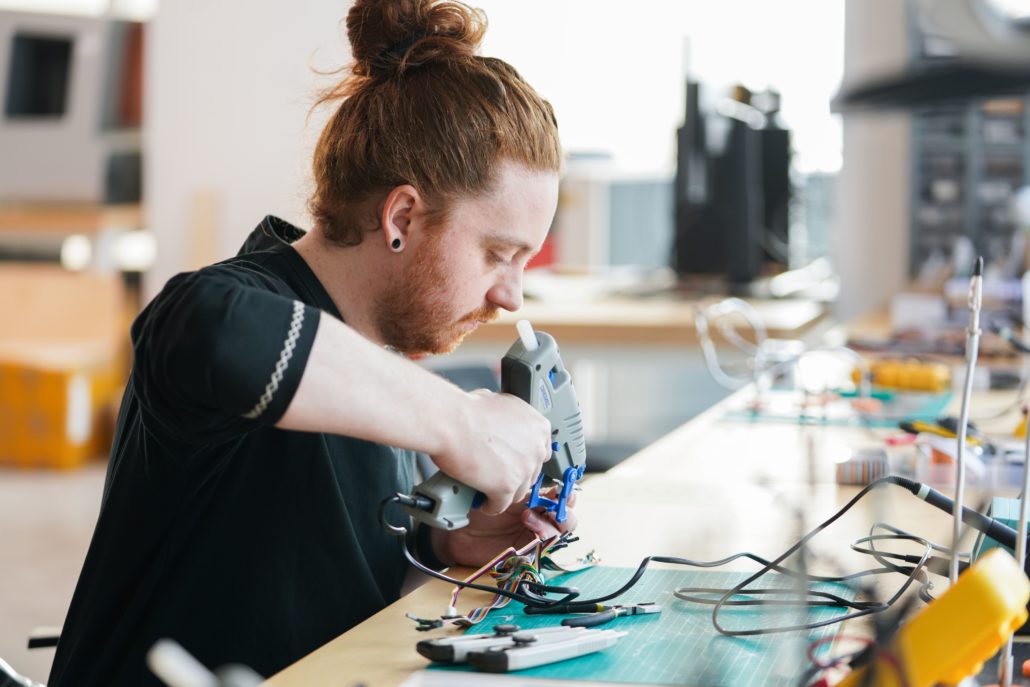
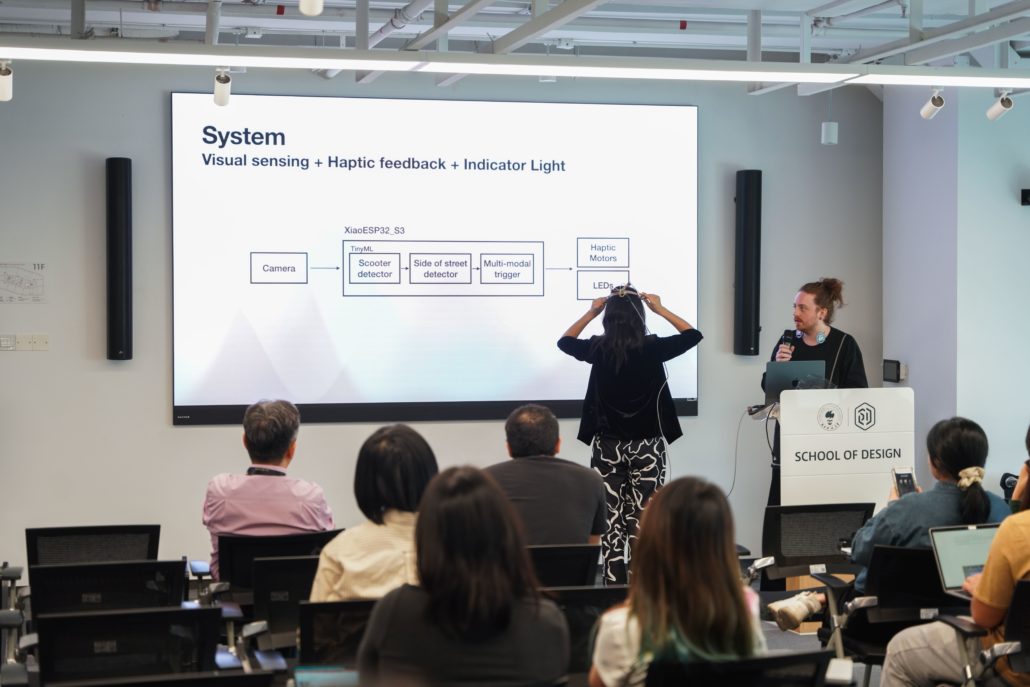
Research Sharing
In the afternoon of January 12th, Professor Eric Paulos from UC Berkeley delivered a keynote speech titled “Plasticity and Livability: Contact and Design for Emerging Technologies.” He presented a series of cutting-edge research findings that integrate computer science, material science, design research, and art.
On Jan 15th, the group visited Seeed Studio headquarters and Chaihuo Makerspace, where they delved into the vibrant Seeed Studio ecosystem, witnessing how Seeed Studio is providing high-quality hardware products and services for global makers. On the evening of January 19th, Chaihuo Makerspace hosted a captivating event featuring presentations by seven of these brilliant PhD students, showcasing a diverse range of cutting-edge research and innovative projects. The gathering attracted an enthusiastic audience of more than 50 people, eager to engage with the speakers and explore the fascinating intersections of technology and creativity.
This journey, spanning multiple disciplines and industries and leveraging Shenzhen’s industrial strengths, highlights Shenzhen’s significant influence in the international manufacturing landscape and underscores its potential to become a leading global hub for technological innovation.
The Maker Camp in Shenzhen program encourages everyone to actively participate by documenting and sharing their Shenzhen experiences, whether related to manufacturing, supply chain, academic knowledge, new materials, or developments. You can find a vibrant documentation from the MIT students on Seeed Studio’s GitHub Channel (keep updating).
That’s it for this entry. As always, we can’t wait to see what you make. Shoot us a tweet @seeedstudio, or let us know on LinkedIn, Discord, or publish your project on our Project Hub on Hackster. Please be safe out there, be kind to one another, and we’ll see you soon with even more exciting news!